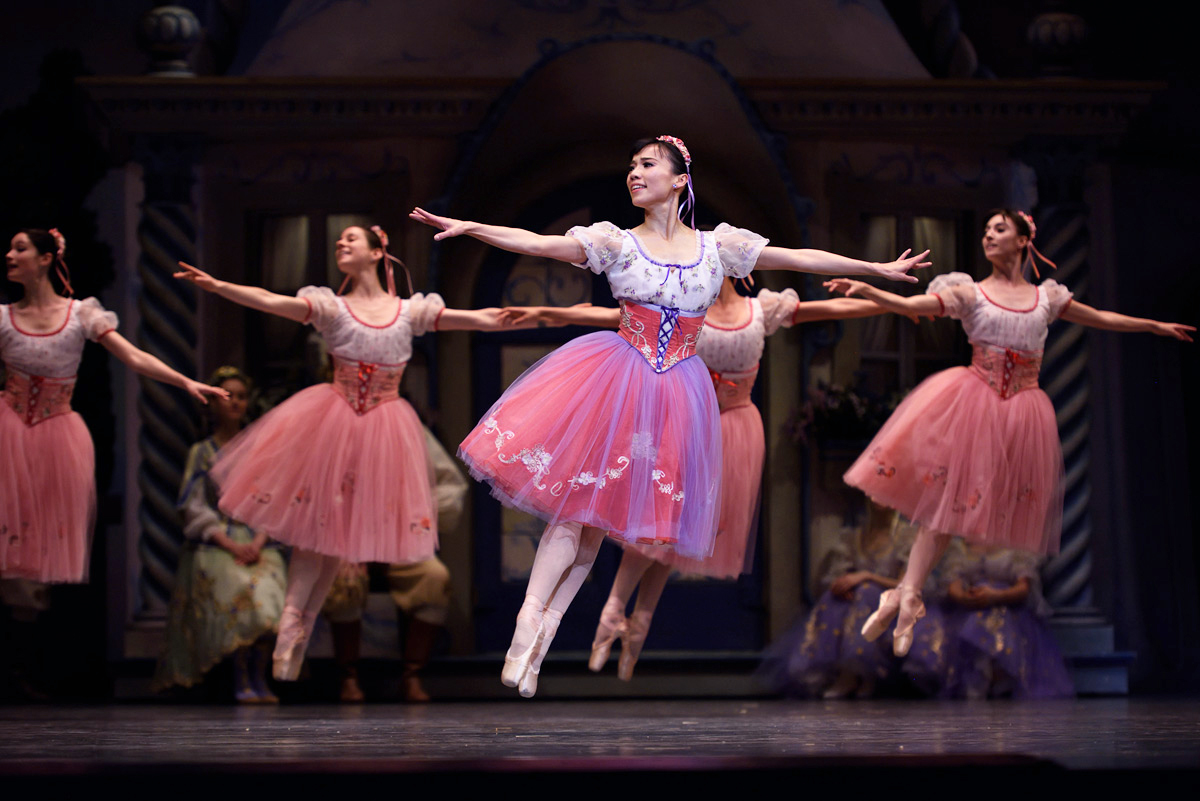Goal-Reaching Through Deliberate Practice

We’ve talked a lot about setting goals the past few weeks (see here and here), but as many of us have discovered, setting goals is one thing, but working towards them is another animal entirely. See if the following sounds familiar:
You’ve been practicing one technique for hours, but it just doesn’t seem to be getting any better. You get more and more frustrated as time goes on, and finally conclude, “this is the best I can do”, and give up. Or maybe you’ve noticed other dancers who seem stuck in the same group classes for years, never improving.
The problem isn’t lack of practice. The problem is the type of practice being used. Let’s introduce two different approaches: Mindless practice and deliberate practice.
Mindless practice is what most of us do: lots of drilling a pattern or technique, without a lot of thought behind it. It’s useful; at least as far as reaching a basic level of competence is concerned. Inevitably however, we find ourselves hitting a wall with this type of approach.
The problem is that, without any form of self-analysis, bad habits gradually creep in under our radar. These bad habits then get practiced along with everything else until they become “perfected”. And those are hard to get rid of. Learn this, and learn it well: Perfecting a habit is only good if it’s a good habit being perfected.
Then we have deliberate practice. Deliberate practice is harder than mindless practice, because it requires more active focus, but then, you don’t have to do it for as long either. Even champion-level dancers max out at 3-4 hours of practice per day, and studies show than 3-5 hours a week is plenty for most of us.
Deliberate practice then, can be likened to learning SMARTER, not HARDER, and experts in virtually every field use some variant of it. Here’s how you can too.
Break down every part of your movement into discrete steps. Get to know your body, what parts engage to make it stand, jump, spin, stride and stop. Try to engage individual body parts – for example, with a turn involving a hip twist, I have students twist their hips back and forth before attempting it, just to build awareness of what their body is doing.
Identify the areas holding you back. As you become more aware of how your body does what it does, you’ll start spotting where some things don’t serve you: Maybe you aren’t turning with your hips, but using your shoulders or legs instead. Maybe your grand jetés are low because your ball and toes aren’t helping in the push off.
On this point, filming yourself doing your patterns helps enormously in spotting problems in your movement. Approach your dancing like a scientist, rigorously searching for any clue on what’s holding you back.
Test new strategies to improve on your weaker areas. If you’re turning too much with the shoulders, what if you executed the turn more slowly to make sure you do it right? What if you turned less at first, and gradually increase the amount as you improve? What if you spend time strengthening your hips, so your body relied on them more?
The testing phase is tedious, and can take a long time. It also feels AMAZING when you start seeing improvement, and know it was your innovation that led to it. If you’re feeling lost, ask an instructor or seek help online. There’s always something else you can try. ALWAYS.
Incorporate the new strategies back into the whole. Take your new and improved tools, and practice using them as part of the whole pattern. Try to still use them while dancing at full speed. Try to use them dancing your entire choreography, or during a social dance.
Get feedback. This can come in two forms: Measurable and immeasurable gains. The first kind you can do yourself – how far can you turn before losing your balance? The second kind generally needs another dancer to spot the details that are harder to quantify. Was your head at the right height? Did you pull up though your spine?
Incidentally (and yes, this is a plug), this is one of the big reasons private lessons can be so useful – your instructor is trained to spot the details you have trouble noticing yourself, and that can save you a lot of time.
As I said, deliberate practice is not as easy – but it WORKS. Mindless practice will, at best, keep you in you comfort zone; just wearing those habitual ruts deeper and deeper. But learning anything new is an uncomfortable progress. And if you really want to better yourself, there’s no better way than with deliberate practice.
Sources:
https://jamesclear.com/beginners-guide-deliberate-practice
About the Author
Ian Crewe has been dancing ballroom for over 18 years, and has a Licentiate in American smooth and rhythm. His passion for dance eventually led him to blogging and the World Wide Web. Ian currently teaches at the Joy of Dance Centre, Toronto, ON, Canada.

